How do robot vacuums work, and should I buy one?
Ensure your floors are clean without having to push a vacuum cleaner around
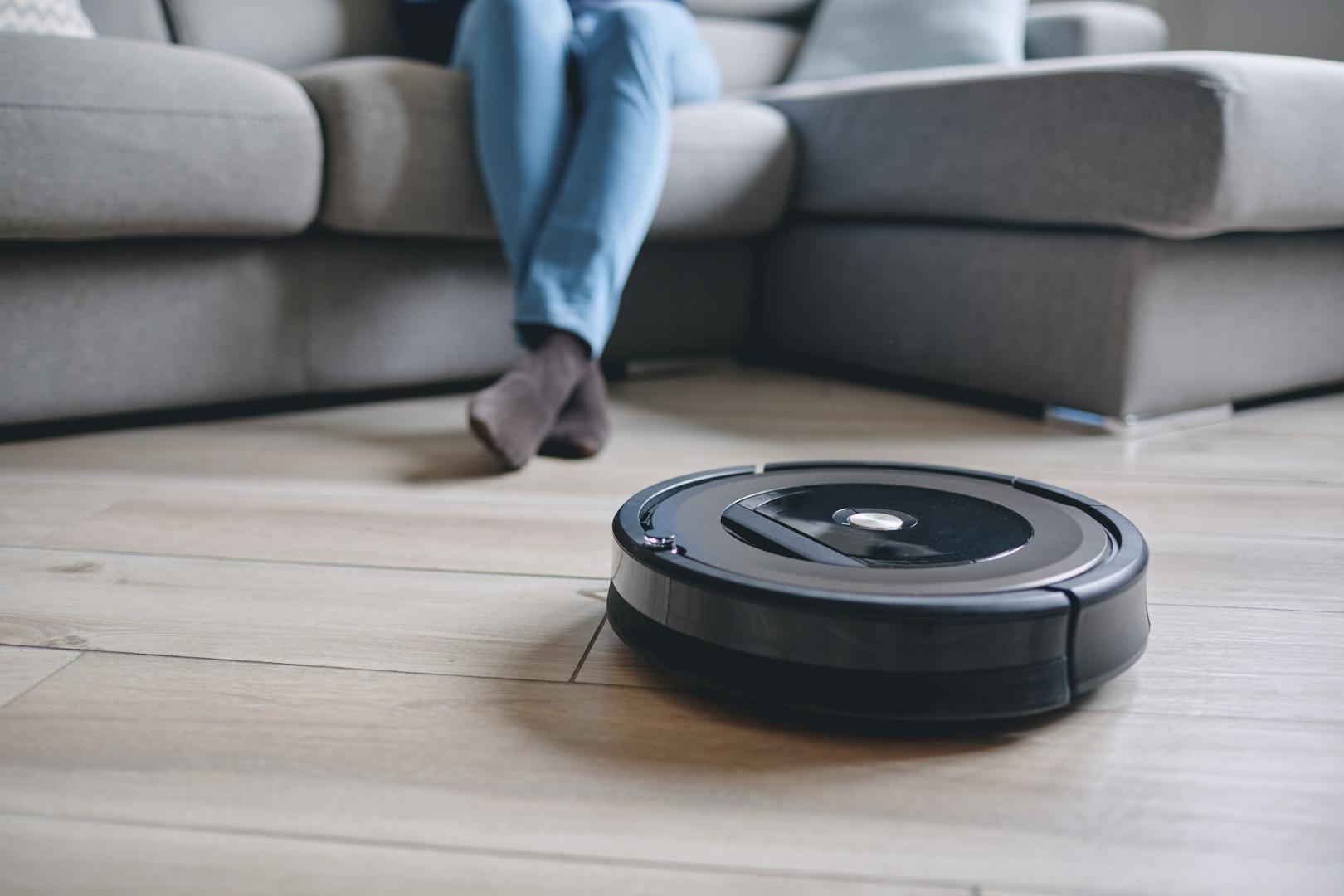
Never have any time to vacuum? Or just fed up with spending your free time vacuuming when there’s so much better to be doing? Well, the best robot vacuum cleaners let you outsource the chore completely, allowing you to put your feet up.
However, if you’re not entirely sure how these handy appliances actually work, how they actually clean, how long they can run for and how they can be integrated with the best smart home devices to automate your home, we’re here to demystify things.
Want to get your hands on the best robot vacuum cleaners? Check out these great deals for some of the best on the market, although some big discounts might also appear in the imminent Prime Day deals.
Robot vacuums: the key features to look for
Robot vacuum cleaners have surged in popularity over the past few years, with 14.2 US homes owning one in 2018 (around 11%), according to research firm Statistica, and it’s not surprising as they really do make life a little easier.
As well as cleaning your floors automatically, robot vacuum cleaners have lasers, and in some cases a built-in camera, on the front and underside to stop them bumping into furniture and other objects.
They can also detect impending drops in heights so they won’t plunge down a set of stairs either. Some robot vacuums even have built-in water tanks to mop your floors after they’ve vacuumed, too.
Powered by rechargeable batteries, robot vacuum cleaners and can usually clean a whole house on one charge. Some even come with docking stations and will return them as soon as their battery level gets critically low to recharge so you don’t have to remember to charge them either.
Sign up for breaking news, reviews, opinion, top tech deals, and more.
- Here’s how often you should vacuum
- Check out our guide on how to vacuum properly
- Robot vacs not for you? Check out our guide to best vacuum cleaners instead.
How do robot vacuums work?
When it comes to sucking up dust and dirt from your carpets and hard floors, robot vacuum cleaners work in the same way as larger vacuum cleaners: using a series of brushes, and in some cases a rotating brush bar, to lift and collect the dirt and suck it up into the dust container.
The dirt will usually be pushed through a filter before reaching the dust container, and while some robot vacuums must be manually emptied, others will automatically eject the contents of their dust cup into a larger dust bin in a docking station, so it can clean multiple times before needing any input from you.
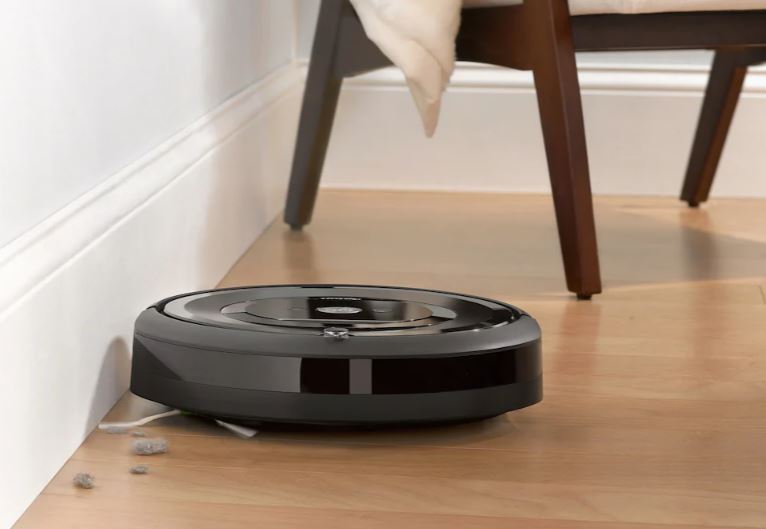
Most robot vacuum cleaners are circular, so to ensure any dust and debris that’s settled against baseboards and the edges of a room is also collected, there are a number of smaller brushes that extend past the circumference of the vacuum.
Infrared lasers are used by more expensive robot vacuum cleaners to assess the size and shape of a room, while cheaper models rely on physical boundary stripes that you must place on the floor to ensure the robots only cleans in a specific area.
Using either method, the robot vacuum will then navigate around the room, usually in a logical pattern to ensure every inch of your carpet or hard floors are cleaned.
The sensors are also employed when the robot vacuum moves between rooms with different flooring, for example carpet or hard floors, so they don’t get stuck between the two.
Schedules can be set for when cleaning should happen if you want to make sure things are done to a schedule, or you can use an app (or even remote control) to start the cleaning process as and when you need.
Many robo-vacs also offer integration with voice assistants including Amazon Alexa, Google Assistant and Siri, so you can use your voice when you want cleaning to commence - meaning it really is a hands-free experience.
As we’ve already mentioned, robot vacuums are powered by rechargeable batteries and offer anywhere between one and three hours of cleaning depending upon the cleaning level selected.
All robot vacuums will alert you when they need to be recharged, although some will return to their docking station automatically, when this happens. It can take anywhere from five to seven hours to fully recharge a robot vacuum too.
Which are the best robot vacuum cleaners?
The robot vacuum market is crowded, with the likes of iRobot and Neato, who’ve been manufacturing robot vacuums for decades up against the big names in traditional style vacuum cleaners such as Dyson, Shark and Samsung and lesser-known brands including Eufy.
Some brands even offer a choice of models to pick from. We’ve rounded up the best from each of the big hitters to help you choose.
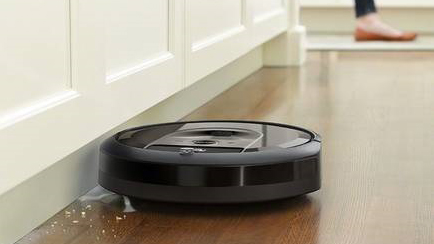
Roomba iRobot i7 +
Reasons to buy
Reasons to avoid
In our eyes this is the best robot vacuum you can buy, as it offers powerful suction that makes light work of everything from fine dust to biscuit crumbs.
Not only does it automatically learn every nook and cranny of your home, so it can set-off on a cleaning mission in your home without bumping into walls and furniture, it’ll even empty its own dust bin when it’s full.
It's got Amazon Alexa and Google Assistant integration too, so it really does offer a hand-free experience. However, the docking station uses disposable bags, so this does mean there’s an on-going cost associated with this vacuum cleaner, which is already expensive.
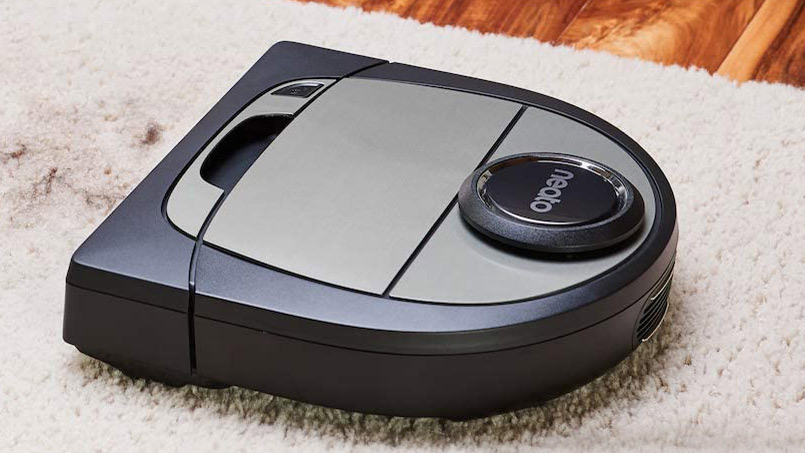
Neato D7 Connected
Reasons to buy
Reasons to avoid
Robot vacuum giant Neato offers a host of different models, some of which offer intelligent mapping. All of them do a good job at giving your floors a quick once-over, but the Neato D7 stood out as it ‘intelligently’ mapped out rooms and guided itself around using a host of sensors. You can even set‘no-go lines’ that the D7 wouldn’t cross during vacuuming - ideal if you have areas with lots of cables - such as under desks - that could result in chaos if the D7 attempted to suck them up.
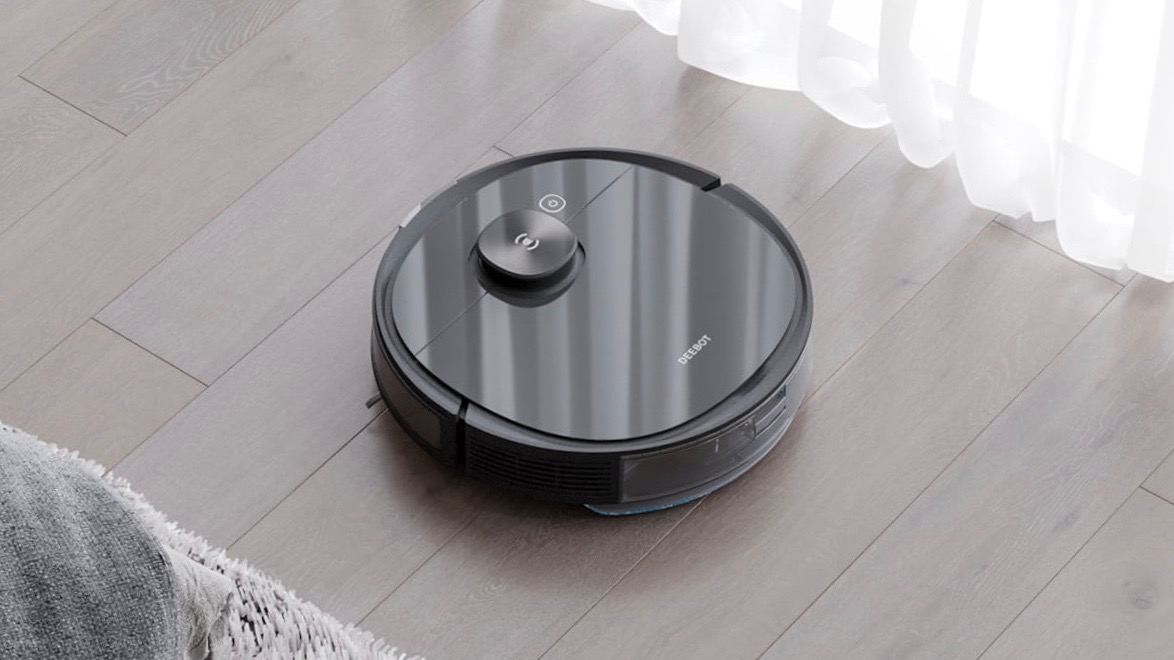
Ecovacs Deebot Ozmo T8 AIVI
Reasons to buy
Reasons to avoid
Ecovacs has a 10-strong range of robot vacuums to offer, but we particularly rate the Ecovacs Deebot Ozmo T8 AIVI as it can mop your floors as well as vacuum then. On test, we found it wiped away footprints and surface level stains, although it struggled with embedded stains that required some elbow-grease to lift.
It’s got a built-in camera, which as well as helping the robot vacuum to avoid small objects, like cables, socks or toys, can also double as a home security camera - letting you see and speak to anyone in the house through the app. However we found it struggled with edges and corners and you’ll need to remove the mopping plate if you want it to vacuum carpets.
Are robot vacuums worth it?
On the whole, robot vacuums are more expensive than cordless or corded vacuum cleaners because you’re paying for the added convenience of not having to do the vacuuming yourself, so you need to work out how much you want to pay for the privilege, especially if you want a more hands-off experience.
Robot vacuum cleaners are great for a quick regular clean, but they are no replacement for a regular deep clean - in part because they don’t offer the same suction levels, and as such should be used alongside a cordless or corded vacuum rather than instead of.
If you have lots of stairs you’ll also need an alternative vacuum for these, as they’ve not invented a robot vacuum that can be used on stairs. They are, however, a good alternative for those with mobility issues, as you don’t need to push the vacuum around yourself.
Robot vacuums often have smaller capacity dustbins than the best vacuum cleaner too, so you find yourself emptying more often. We’d also recommend ensuring your floor is free from charging cables, dirty socks or other items before setting a robot vacuum cleaning - as you don’t want to spend your free time removing them from the brushes.
If none of these are deal-breakers for you then a robot vacuum is very much worth it, and you should be perusing our list of the best robot vacuum cleaners as your next click.
- Check out these even more great robot vacuum cleaner deals
Carrie-Ann Skinner was formerly Homes Editor at TechRadar, and has more than two decades of experience in both online and print journalism, with 13 years of that spent covering all-things tech. Carrie specializes in smart home devices such as smart plugs and smart lights, as well as large and small appliances including vacuum cleaners, air fryers, stand mixers, and coffee machines. Carrie is now a copy editor at PWC.
